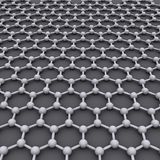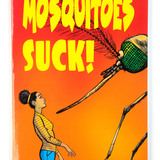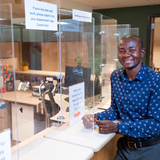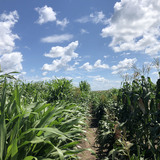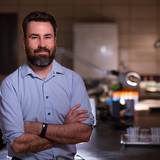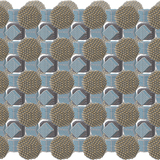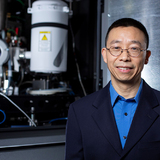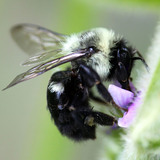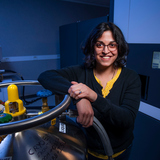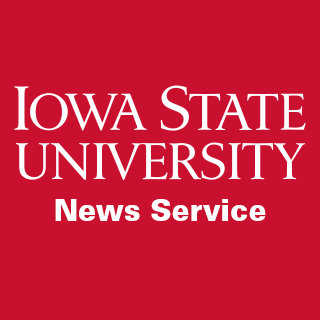News Archive
Friday, June 18 2021
-
Iowa State physicist wins early career grant to study nuclear physics, quantum phenomena
The U.S. Department of Energy has selected Iowa State's Srimoyee Sen for an early career award that will help her study nuclear physics and quantum phenomena. The research could lead to the discovery of new quantum materials that could one day contribute to speedy quantum computing or other applications.
-
‘Mosquitoes SUCK!’ comic book explores a world without mosquitoes
A world without mosquitoes may sound appealing to anyone who has been a victim of the summertime pest, but a new comic book titled "Mosquitoes SUCK!" tells a story of the devastation and disruption to the ecosystem if the species was eliminated.
-
What will happen to the COVID-19 plexiglass barriers? Iowa State students have ideas
Iowa State students in an industrial design course partnered with Facilities Planning and Management to come up with innovative ways to reuse plexiglass barriers that were erected around campus during the COVID-19 pandemic.
-
Sensing what plants sense: Integrated framework helps scientists explain biology and predict crop performance
Scientists have invested great time and effort into making connections between a crop’s genotype and its phenotype. But environmental conditions play a role as well. Iowa State University researchers untangle those complex interactions with the help of advanced data analytics in a newly published study.
-
University Innovation Alliance exceeds targets to help more students graduate
The University Innovation Alliance, a national consortium of public research universities working to improve student success, has exceeded graduation targets set during former President Obama’s College Opportunity Summit. Iowa State, a founding member of the UIA, graduated an additional 9,014 students – a 37% increase overall, and a 169% increase in underrepresented students.
-
New evidence may change timeline for when people first arrived in North America
An unexpected discovery by an Iowa State University researcher suggests that the first humans may have arrived in North America more than 30,000 years ago – nearly 20,000 years earlier than originally thought.
-
Researchers build structured, multi-part nanocrystals with super light-emitting properties
Researchers have combined two or three types of nanoparticles to produce new materials with structures known as superlattices. In some instances, the structures display fundamental new properties such as superfluorescence. The researchers' discovery is reported in the journal Nature and featured on the current issue's cover.
-
Engineered defects in crystalline material boosts electrical performance
Researchers have discovered that engineering one-dimensional line defects into certain materials can increase their electrical performance. Their findings have been published in the journal Science.
-
Advancing diversity and inclusion in business requires a common language, knowledge
Despite a growing momentum for initiatives aimed at creating more diverse and inclusive work spaces, several barriers still exist that limit the success of these efforts. To implement meaningful change, a team of researchers says a holistic and systematic approach is needed to ensure practitioners, educators and researchers are all working from the same playbook.
-
Pollinating insects can help soybean yields
Insects can help soybean yields by carrying out more effective pollination, according to a recently published study conducted by an international team of scientists. The study suggests introducing pollinator habitat to soybean fields may lead to production benefits, in addition to environmental advantages.
-
Change Agent: Dipali Sashital
In Dipali Sashital’s eyes, the thrill of discovering something new is the most exciting part of being of a scientist. Sashital explores the mechanisms of CRISPR-Cas systems, which allow for precise cutting and editing of an organism’s genes. These technologies have the potential for revolutionary advances in human health and agriculture.
-
COVID-19 weekly snapshot
The following information is a supplement to the university's COVID-19 Public Health Data weekly updates. It is intended to provide a brief snapshot of the data and trends identified by Iowa State's public health team.
